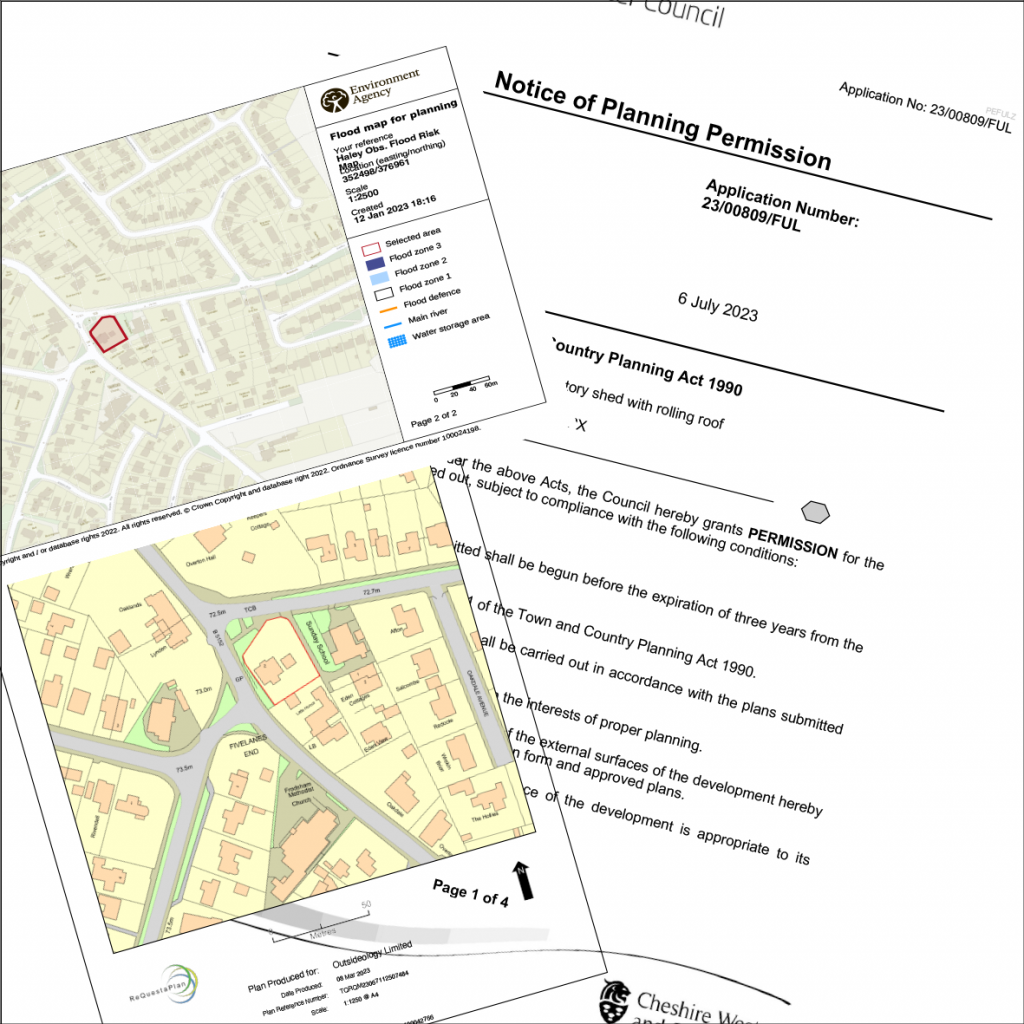Approval without the Hassle
We’ve provided planning consultancy to clients for a range of projects over the last decade – so far with exceptional levels of success. Our observatory planning permission service dovetails perfectly with our design service, ensuring that any delay in realising your observatory is minimised. As your agent, we submit your planning application with all the required drawings and documentation, negotiate with planners on your behalf, and manage the application through to approval, keeping you updated with progress throughout.
Our main message to you is that getting planning permission for your observatory really isn’t as hard as most people think: planning applications are rarely unreasonably refused, and astronomical observatories (if well-designed) are rarely objectionable in any case.
Our Observatory Planning Permission Service
The ‘trick’ to getting planning approval for your observatory really isn’t a trick at all – it’s all about ensuring that the design complies with local and national policy, is suitable for and sympathetic to the environment it will exist in, and takes account of any constraints to the site.
A well-crafted planning application will serve to demonstrate compliance, head off potential objections, and preclude unnecessary approval conditions by ensuring factors such as tree protection, environmental effects, drainage and materials are all explicitly dealt with in advance. As a result our comprehensive service will submit your application with:
- A full set of scaled plans, sections and elevations with all required annotations, scale bars etc.
- Statutory location and block plans at the required scales
- A comprehensive planning statement, covering:
- Site planning history and context
- Full design and access statement, including details of finish materials
- Relevant Local Plan and national (NPPF) policies, demonstrating compliance
- Flood risk mapping and any required mitigations
- Tree plans and details of tree protection measures
- Measures related to protection of designated sites, where appropriate
- Any other required surveys
- Supporting photographs, 3D views and photorealistic renders as appropriate.
What to Expect
Our planning service runs alongside our usual design service – indeed the same 3D CAD model we design for the plans we provide to you is also used to produce the drawings we send to the planners. Generally, producing the comprehensive package of planning materials takes up to 14 days, but it may take more time if specialist professional surveys are required.
Approval can often be obtained within the statutory eight weeks, but our experience with planners in recent years is that they will ask for extra time on about 30% of applications, and it is usually wise to approve their request. So it is best to allow up to 16 weeks to get an answer, though in many cases it will be faster.
Once your application is approved, we can usually start manufacturing your observatory fairly quickly, and this takes 3-6 weeks depending on complexity.

As I live in a conservation area, planning permission was required and Neil even took that on, managing the whole process through to Local Authority approval. Working closely with me through every stage of design and detailed planning, through to final construction, the end-to-end service was second to none.
MARK HALEY

